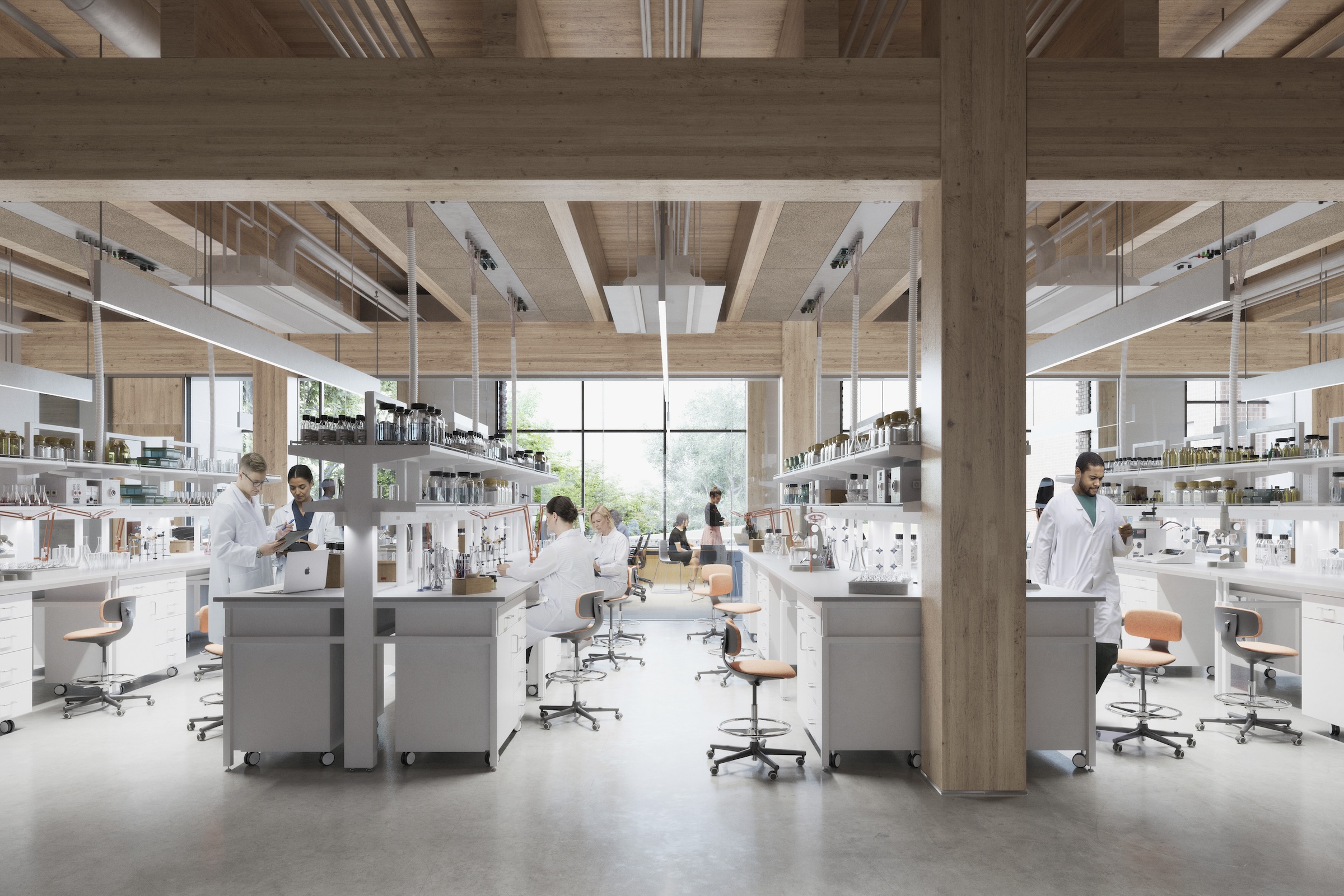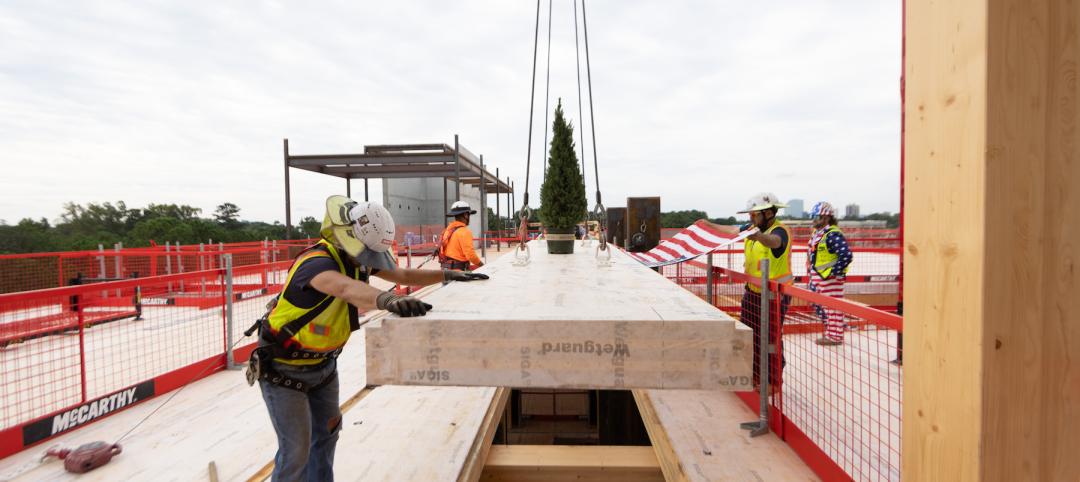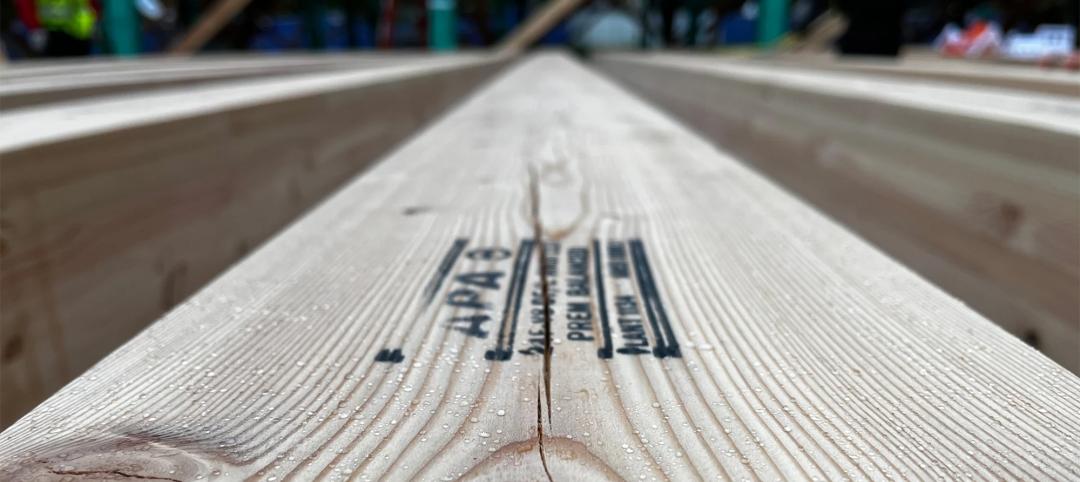In Corvallis, Ore., the Jen-Hsun Huang and Lori Mills Huang Collaborative Innovation Complex at Oregon State University aims to achieve a distinction among the world’s experimental research labs: It will be the first all mass timber lab meeting rigorous vibration criteria (2000 micro-inches per second, or MIPS).
Designed by ZGF Architects, the $213 million Huang Collaborative Innovation Complex, which broke ground in April, will be both a teaching center and a home for team-based transdisciplinary research on global challenges involving climate science, clean energy, and water resources. The center also will support research and learning in artificial intelligence, robotics, and materials science.
The three-level, 143,000-sf building features flexible experimental and computational laboratories, a 12,000-sf clean room, undergraduate student space, and cross-functional collaborative spaces.
The center also will harness one of the nation’s most powerful supercomputers, showcased on the public ground floor. The supercomputer’s rejected heat will help heat the building, which has the potential to become net zero operational carbon on an annual basis by 2030.
For the first-of-its-kind mass timber structure, ZGF collaborated with OSU’s College of Forestry to leverage its expertise in wood and regional forestry practices. To meet the vibration criteria of 2000 MIPS in mass timber, the project team created a structural bay in the lab interiors comprising mass timber columns, beams, and a composite deck.
This carbon-negative innovation not only provides the structural stability needed for the use of sensitive scientific equipment, it also reduces embodied carbon emissions by 108% compared to the traditional all-concrete approach. In addition, the exposed wood creates a beautiful interior environment and an inviting academic and research environment.
“We discovered over the course of planning that with careful coordination between the structure and building systems, mass timber works really well for research buildings,” Vladimir Pajkic, lead designer and partner at ZGF, said in a statement.
On the outside, electrochromic glass, in conjunction with intelligent building controls, changes tint based on the sun’s position and the level of cloudiness. Along with façade glazing and shading strategies, these smart windows increase daylight, reduce peak cooling load, and create a visually comfortable space.
On the Building Team:
Owner: Oregon State University
Design architect and architect of record: ZGF Architects
MEP engineer: AEI
Structural engineer: KPFF
General contractor: Andersen Construction
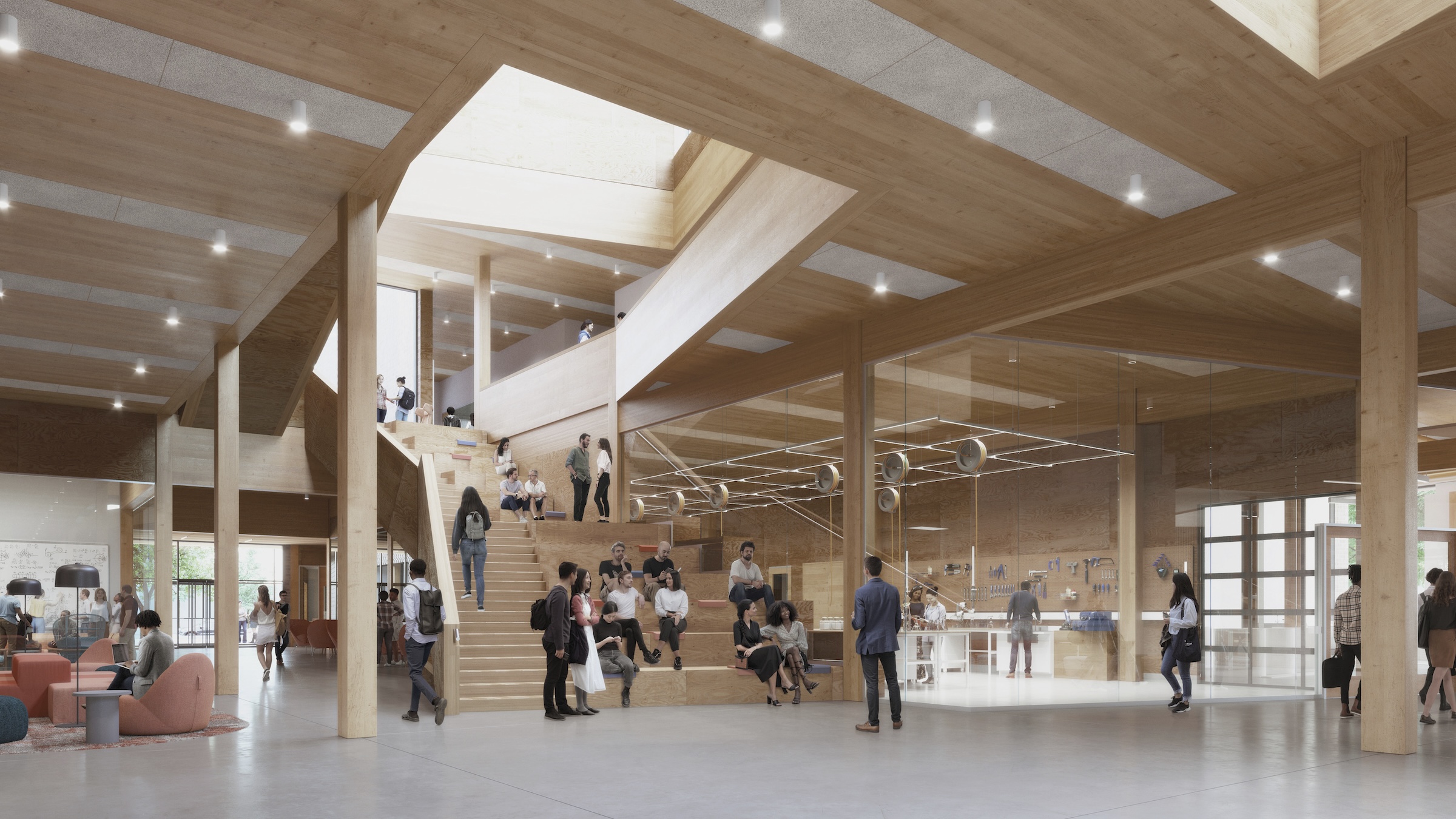
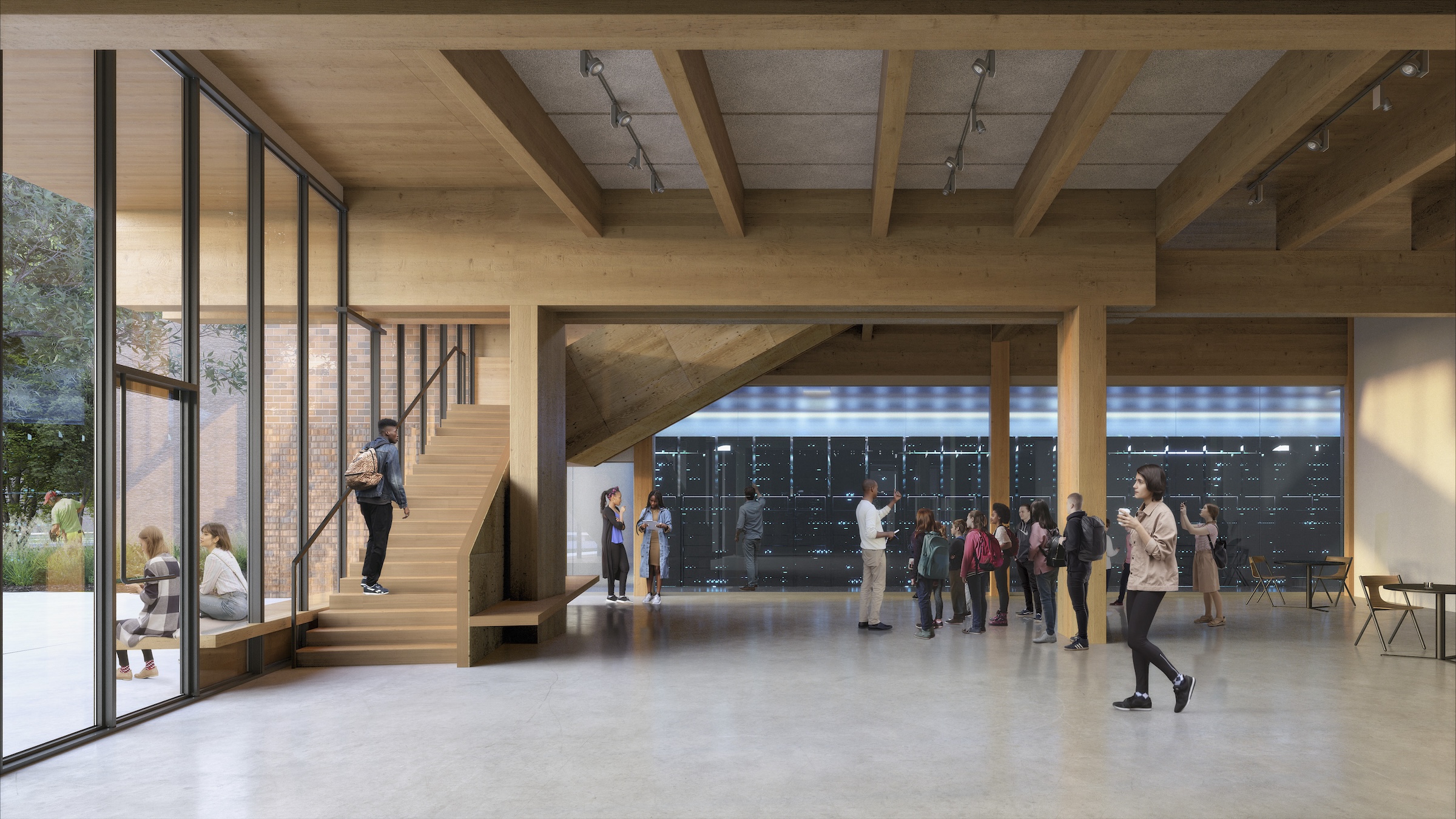
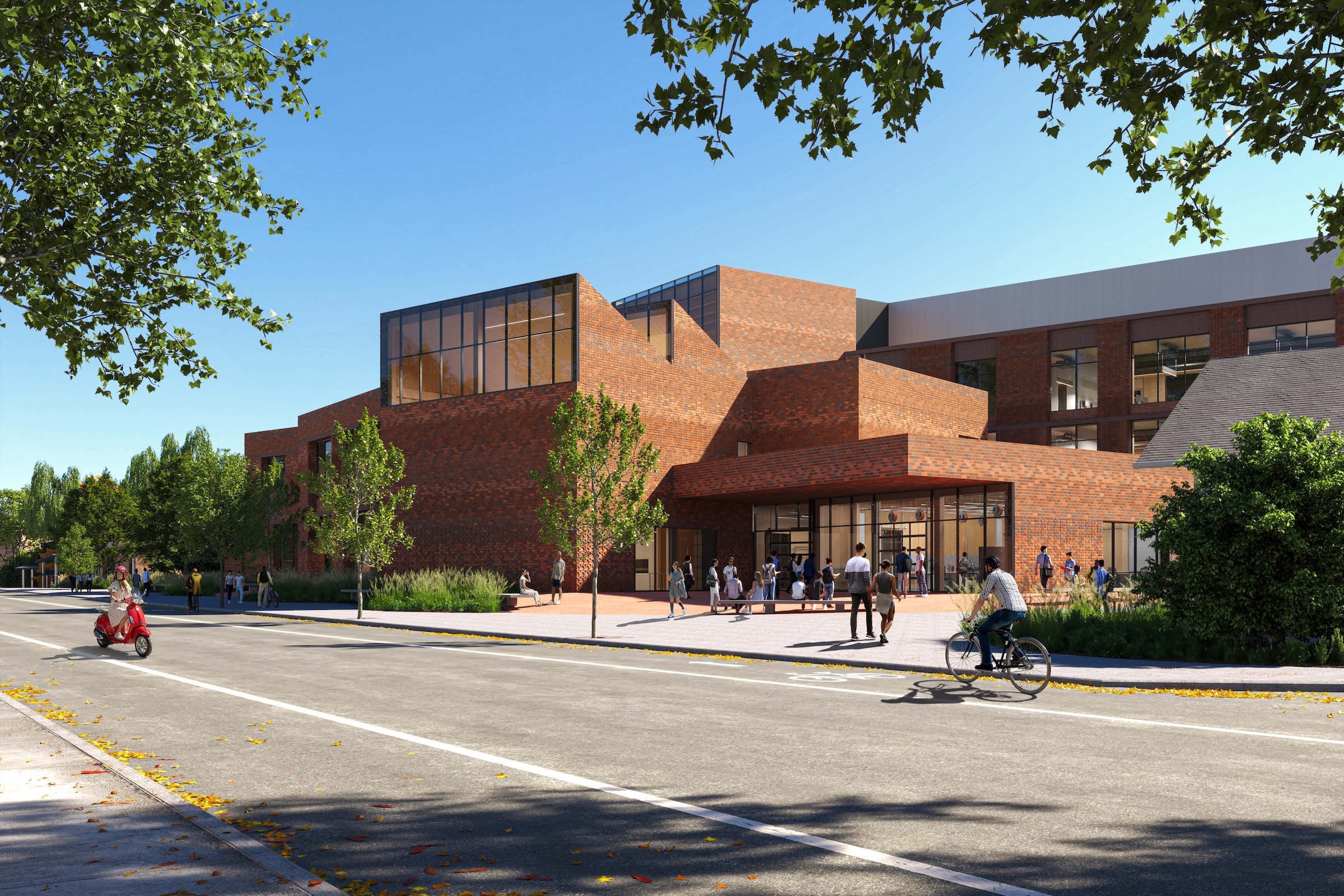
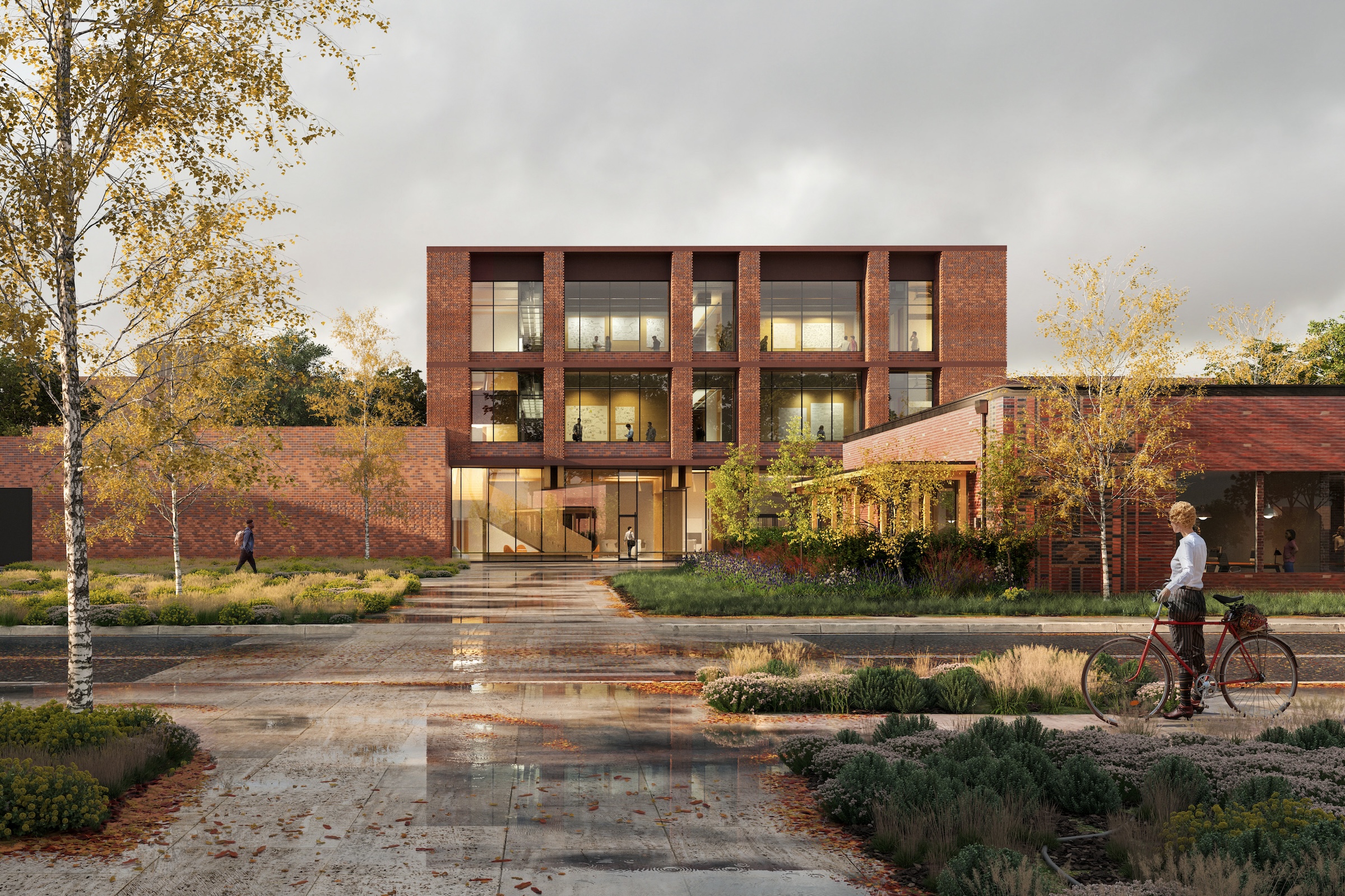
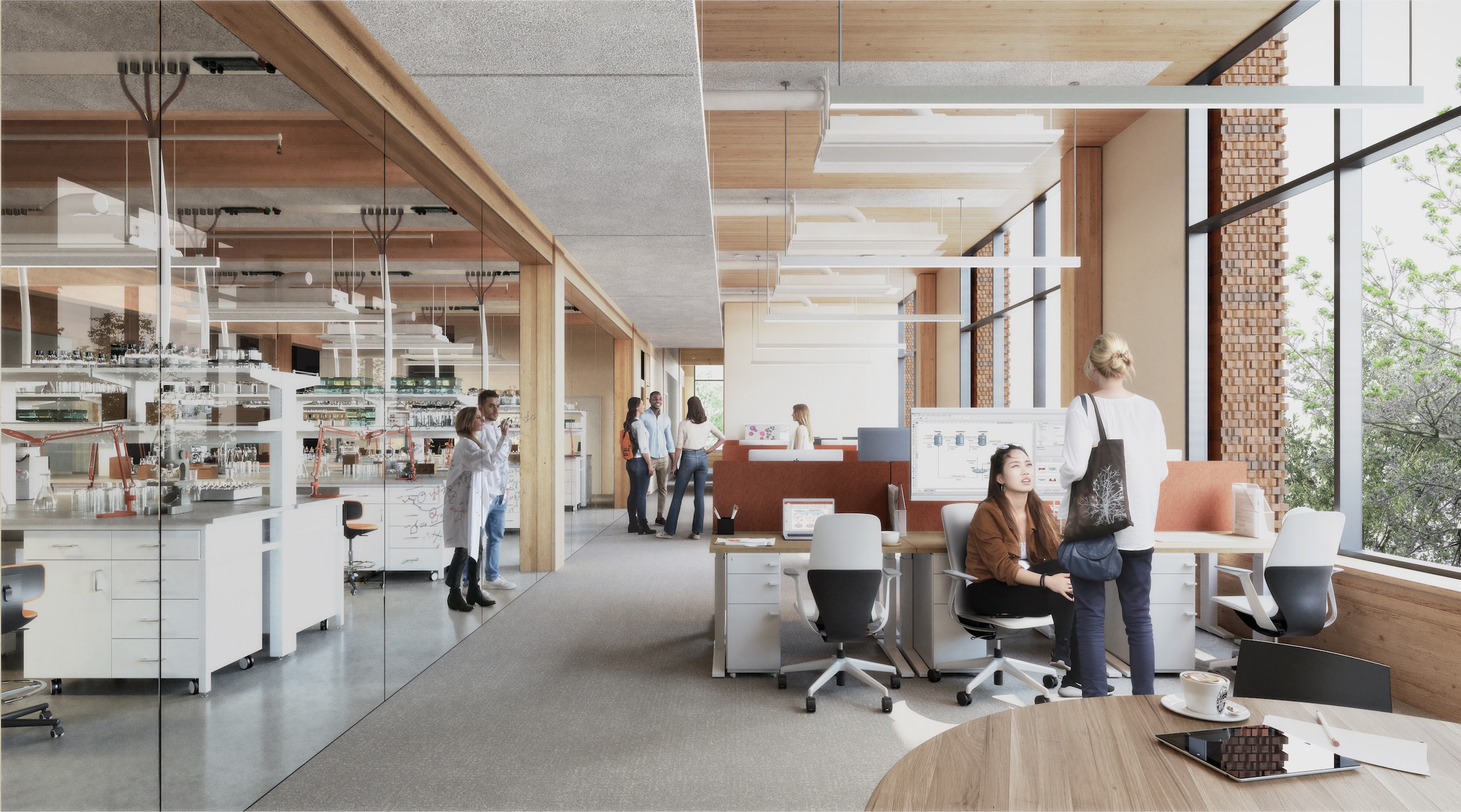
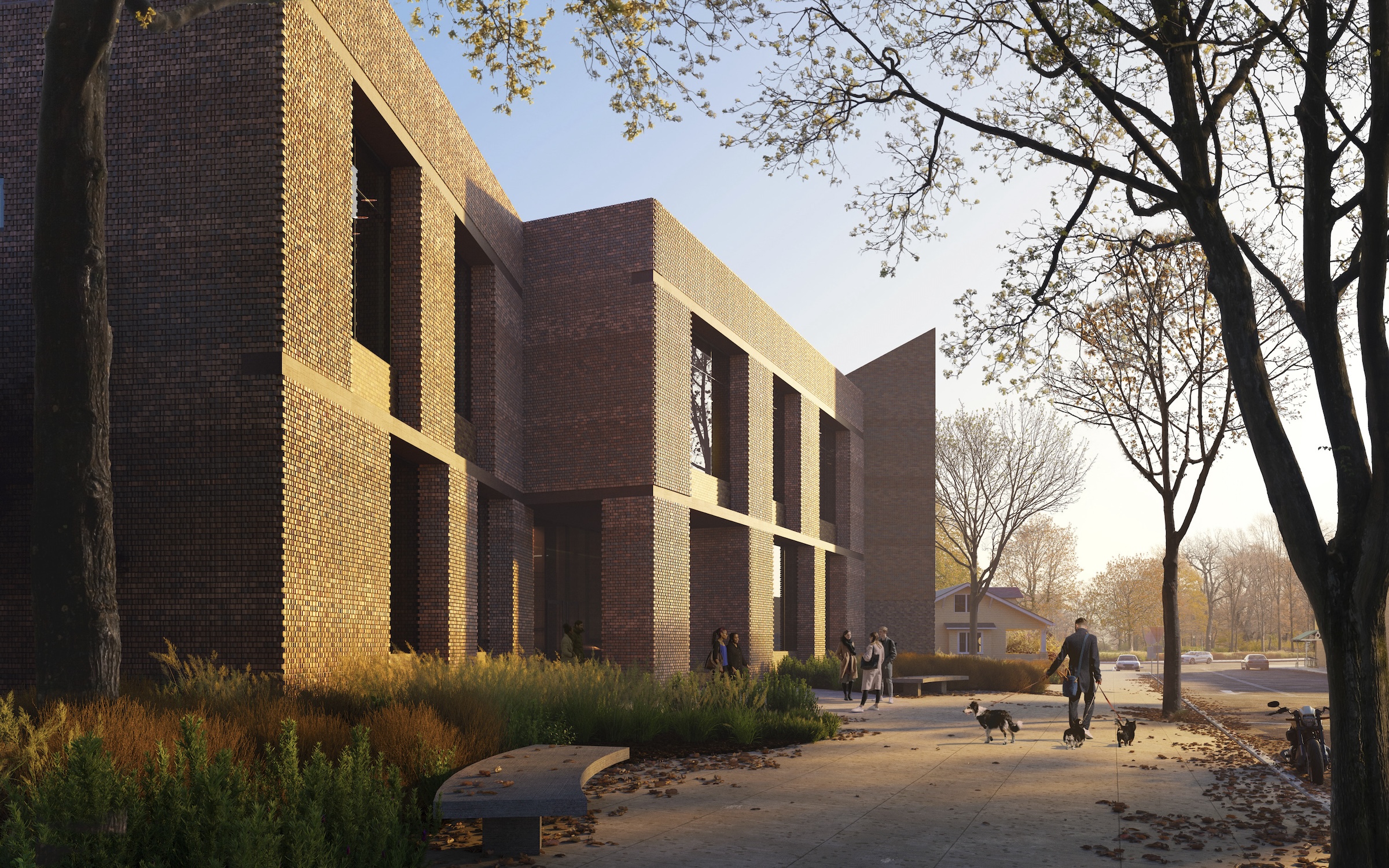
Related Stories
Mass Timber | Oct 25, 2024
Mass timber achieves ‘firsts’ in three more markets
Sustainability and aesthetics continue to drive this product’s demand.
Sustainable Design and Construction | Oct 10, 2024
Northglenn, a Denver suburb, opens a net zero, all-electric city hall with a mass timber structure
Northglenn, Colo., a Denver suburb, has opened the new Northglenn City Hall—a net zero, fully electric building with a mass timber structure. The 32,600-sf, $33.7 million building houses 60 city staffers. Designed by Anderson Mason Dale Architects, Northglenn City Hall is set to become the first municipal building in Colorado, and one of the first in the country, to achieve the Core certification: a green building rating system overseen by the International Living Future Institute.
Mass Timber | Sep 26, 2024
5 lessons in water mitigation for mass timber projects
Sustainability leaders from Skanska, RDH, and Polygon share five tips for successful water mitigation in mass timber construction.
Mass Timber | Sep 17, 2024
Marina del Rey mixed-use development is L.A.’s largest mass timber project
An office-retail project in Marina del Rey is Los Angeles’ largest mass timber project to date. Encompassing about 3 acres, the 42XX campus consists of three low-rise buildings that seamlessly connect with exterior walkways and stairways. The development provides 151,000 sf of office space and 1,500 sf of retail space.
Airports | Aug 22, 2024
Portland opens $2 billion mass timber expansion and renovation to its international airport
This month, the Portland International Airport (PDX) main terminal expansion opened to passengers. Designed by ZGF for the Port of Portland, the 1 million-sf project doubles the capacity of PDX and enables the airport to welcome 35 million passengers per year by 2045.
Mass Timber | Jun 17, 2024
British Columbia hospital features mass timber community hall
The Cowichan District Hospital Replacement Project in Duncan, British Columbia, features an expansive community hall featuring mass timber construction. The hall, designed to promote social interaction and connection to give patients, families, and staff a warm and welcoming environment, connects a Diagnostic and Treatment (“D&T”) Block and Inpatient Tower.
Mass Timber | Jun 10, 2024
5 hidden benefits of mass timber design
Mass timber is a materials and design approach that holds immense potential to transform the future of the commercial building industry, as well as our environment.
Mass Timber | May 31, 2024
Mass timber a big part of Western Washington University’s net-zero ambitions
Western Washington University, in Bellingham, Wash., 90 miles from Seattle, is in the process of expanding its ABET-accredited programs for electrical engineering, computer engineering and science, and energy science. As part of that process, the university is building Kaiser Borsari Hall, the 54,000-sf new home for those academic disciplines that will include teaching labs, research labs, classrooms, collaborative spaces, and administrative offices.
Mass Timber | May 22, 2024
3 mass timber architecture innovations
As mass timber construction evolves from the first decade of projects, we're finding an increasing variety of mass timber solutions. Here are three primary examples.
Mass Timber | May 17, 2024
Charlotte's new multifamily mid-rise will feature exposed mass timber
Construction recently kicked off for Oxbow, a multifamily community in Charlotte’s The Mill District. The $97.8 million project, consisting of 389 rental units and 14,300 sf of commercial space, sits on 4.3 acres that formerly housed four commercial buildings. The street-level retail is designed for boutiques, coffee shops, and other neighborhood services.


